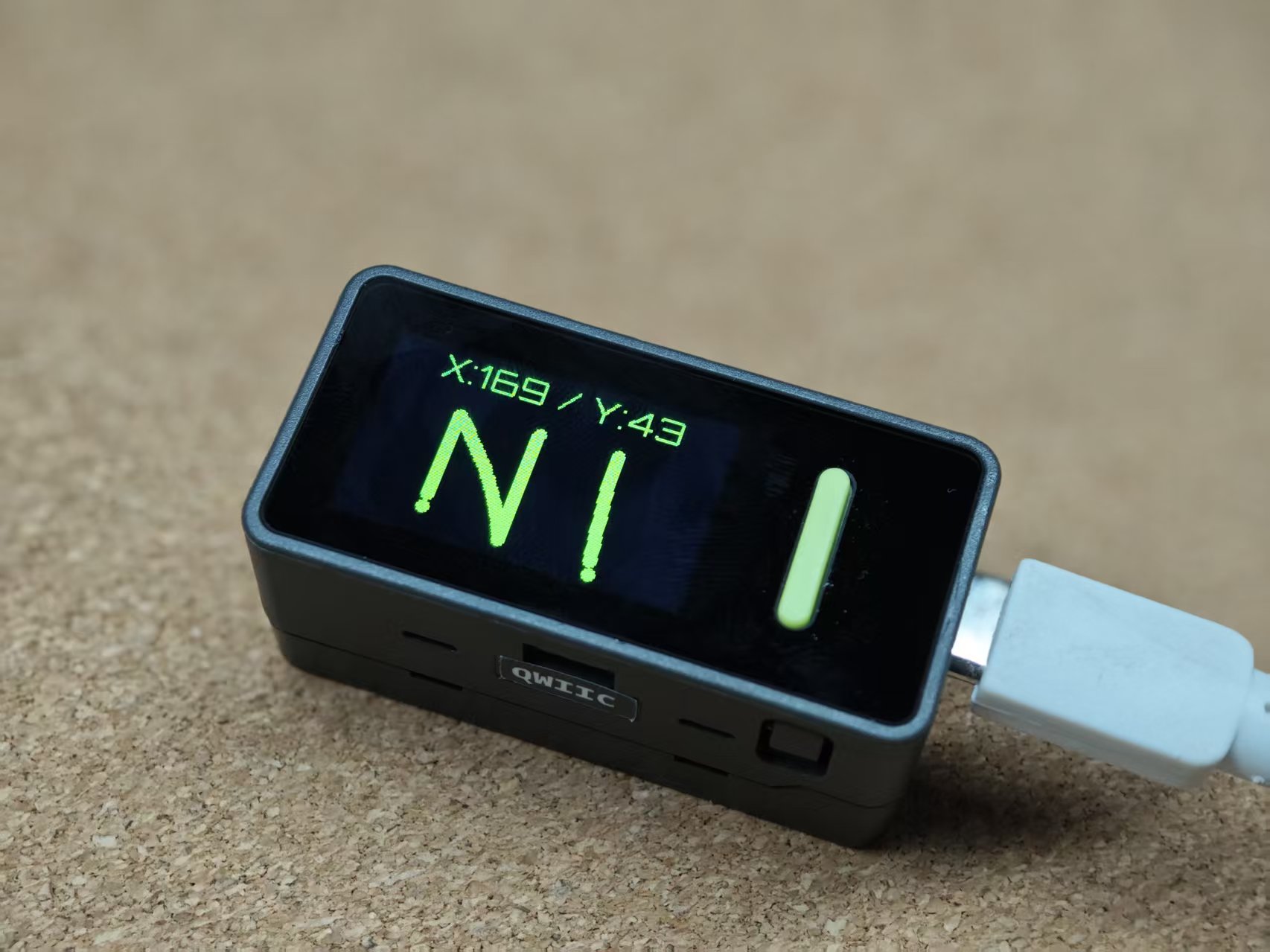
Arduino Quick Start
2. Devices & Examples
3. M5Unified
4. M5GFX
5. Extensions
Unit
Base
Cap
StamPLC
IoT
Accessories
Arduino Nesso N1 Touch
Arduino Nesso N1 touchscreen-related API and example program.
Example Program
Compilation Requirements
- M5Stack board manager version >= 3.2.5
- Board option = ArduinoNessoN1
- M5GFX library version >= 0.2.17
- M5Unified library version >= 0.2.11
cpp
1 2 3 4 5 6 7 8 9 10 11 12 13 14 15 16 17 18 19 20 21 22 23 24 25 26 27 28 29 30 31 32 33 34 35 36 37 38 39 40 41 42 43 44 45 46 47 48 49 50
#include <M5Unified.h>
void setup(void) {
auto cfg = M5.config();
M5.begin(cfg);
M5.Display.setTextColor(GREEN);
M5.Display.setTextDatum(top_center);
M5.Display.setFont(&fonts::Orbitron_Light_24);
M5.Display.setTextSize(1);
M5.Display.setRotation(1);
M5.Display.drawString("Touch Test", M5.Display.width() / 2,
40);
}
int prev_x = -1;
int prev_y = -1;
static m5::touch_state_t prev_state;
void loop(void) {
M5.update();
auto t = M5.Touch.getDetail();
if (prev_state != t.state) {
prev_state = t.state;
static constexpr const char* state_name[16] = {
"none", "touch", "touch_end", "touch_begin",
"___", "hold", "hold_end", "hold_begin",
"___", "flick", "flick_end", "flick_begin",
"___", "drag", "drag_end", "drag_begin"
};
M5_LOGI("%s", state_name[t.state]);
}
if (prev_x != t.x || prev_y != t.y) {
M5.Display.fillRect(0, 0, M5.Display.width(), 35, BLACK);
M5.Display.drawString(
"X:" + String(t.x) + " / " + "Y:" + String(t.y),
M5.Display.width() / 2, 0);
prev_x = t.x;
prev_y = t.y;
M5.Display.fillCircle(prev_x, prev_y, 4, GREEN);
}
if (t.wasClicked()) {
M5.Display.fillRect(0, 35, M5.Display.width(), 100, BLACK);
}
}
API
The touchscreen driver of Arduino Nesso N1 uses the Touch_Class in the M5Unified library. For more related APIs, please refer to the following document: